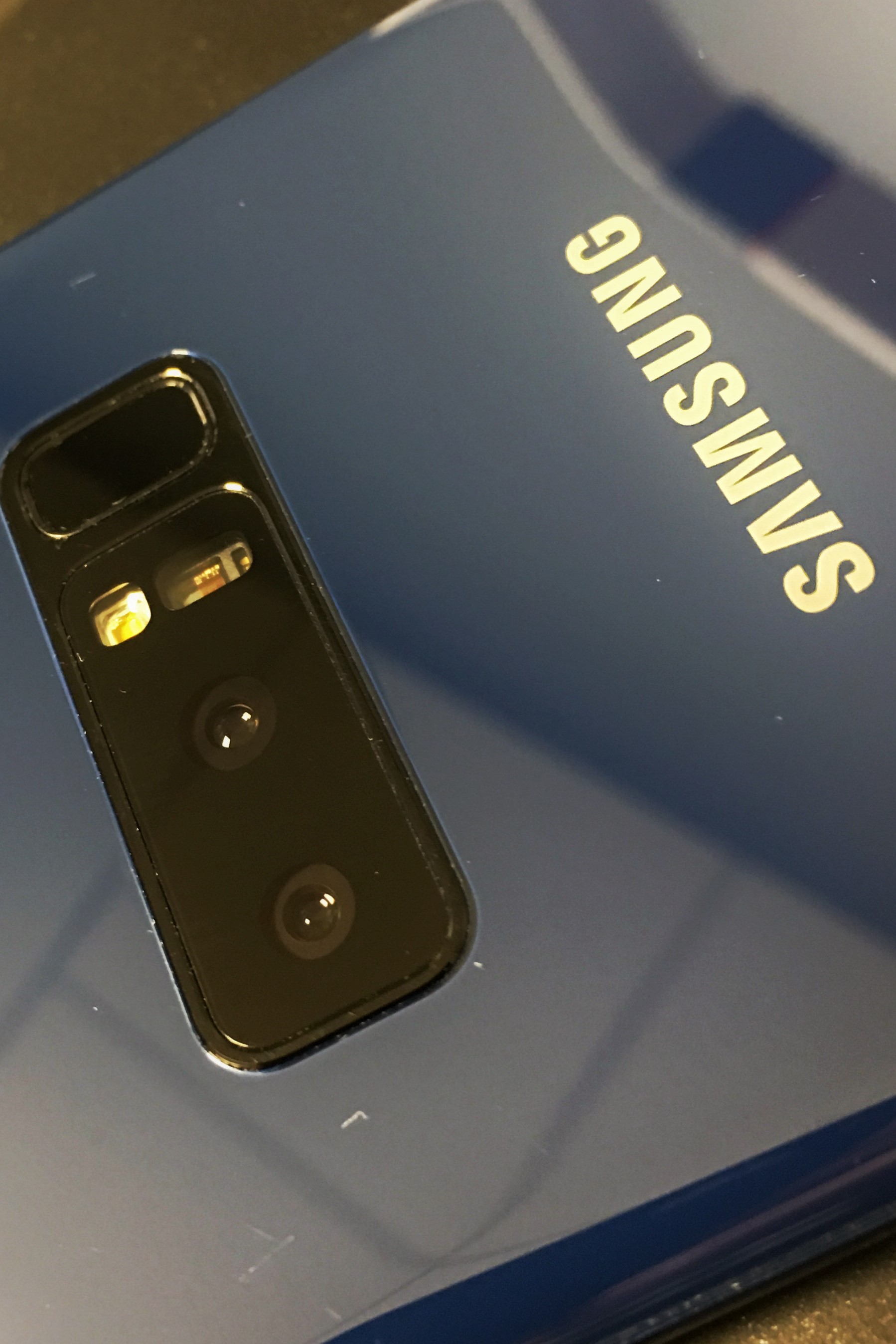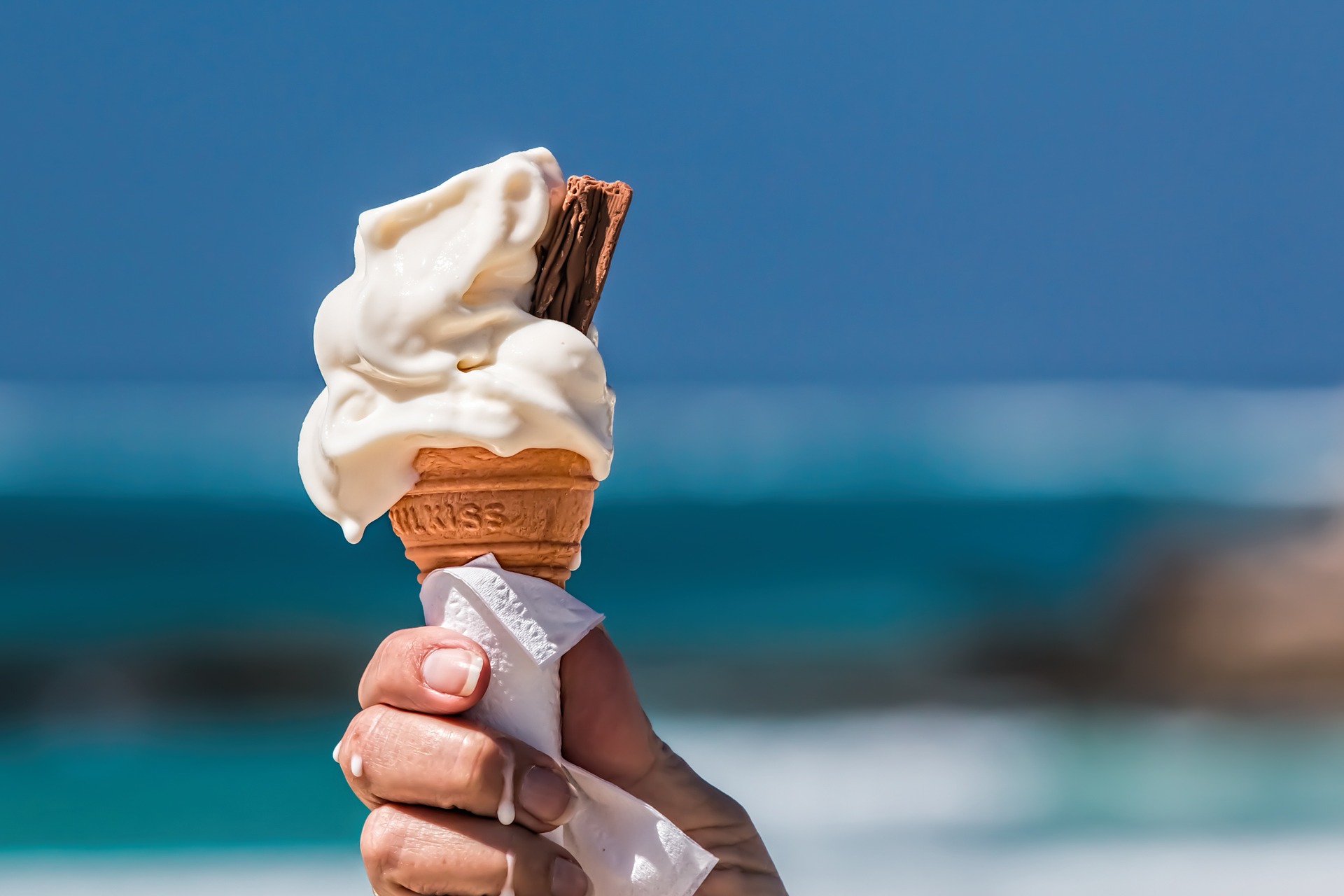Many friends and colleagues asked why I am not buying the Pixel 4, here is my diatribe.
I am a big gadget geek. I love everything new and shiny, I have been an early adopter of every single Nexus, and Pixel phone Google has ever made. The Pixel 4 is their first device I will not acquire and here is why.
Why I buy Google-branded devices?
I am a big fan of Google-branded devices because they show what Google believes their software can do running on optimized hardware. Their hardware typically is the first to receive new updates (both operating system and security updates). Usually, it includes limit-pushing software breakthroughs (e.g. think night sight and hybrid zoom).
An example of this was the Pixel 2. It was the first Google device (I consider) designed for mass-market adoption and showed Google's software prowess. After all, it had an average camera sensor but turned out to be the best android smartphone camera for years.
Not only have I owned almost all the Nexus and Pixel phones, but I also bought every Google Chromebook (starting with a Kijiji bought CR48). I was an early Google Home adopter and more. I want to make it clear that I am a huge Google fan.
So why not buy a Pixel 4?
The Pixel 4 is the first device that feels like Google has fallen behind (since the Pixel 2).
Remember that Rick Osterloh kicked off the event by saying Google wanted to build devices that were more useful for consumers.
It feels like they failed with the Pixel 4 especially when Marc Levoy
(Google distinguished engineer) stood on stage and told us why we didn't need a wide-angle lens and why a telephoto is what uncle Google believes we need instead.
"While wide-angle can be fun, we think telephoto is more important" Marc Levoy, Google Launch Event 2019 (timecode 1:03:43)
Google should have included both considering the price point of the Pixel 4 and the fact its competitors almost all include three lenses now (wide-angle, normal and telephoto). You cannot create a wide-angle shot with computational photography, and it is something I use often enough. This is the first reason the Pixel 4 isn't attractive to me. I need it to be a tool to accomplish what I need done and not what Google believes I should be doing with it.
As a father with young kids, I take a ton of videos and was disappointed Google's Pixel 4 has not improved in the video department (still limited to 4K 30fps). Since the Pixel 4 is now more expensive than the entry-level iPhone 11, we should compare the video quality of the iPhone 11 & the Pixel 4, and there is no comparison. The iPhone blows the Pixel 4 video quality out of the water (frame-rate, colour accuracy, high dynamic range, etc.)
I know the Pixel 4 needed a large forehead to house their new Soli sensor, but I find that sensor a bit gimmicky (the video they released two years ago showed incredible fine-grain control while the Pixel 4 uses it to switch songs.). Additionally, I am still not sure the benefits of face unlock outweigh that ugly 2017-looking phone design.
They touted the incredible smoothness and silkiness of a 90Hz screen. What we are now learning is that under 75% brightness, it drops to 60Hz (75% would kill your battery in no time). The other issue with 90hz is that it hits battery life and the Pixel 4 and Pixel 4 XL already have mediocre battery life.
There are three ways to tackle battery life issues. You can make the battery bigger, you can design an optimized hardware/software set that sips battery, or you can add extreme fast charging.
Companies that have chosen the 5,000 mAh battery route include ASUS ROG Phone II, Samsung Galaxy S30M, Vivo Z1 Pro, etc. Apple has taken the hardware and software optimization road. OnePlus and Oppo have taken the fast charging route pushing 30+ watts, which means you can go from 0 to 75% battery charge in 30 minutes. The Google Pixel just has a mediocre battery with no mitigating features.
If the Pixel 4 were priced $150-200 less than its current MSRP, it would be a bargain, but it is charging flagship pricing. Even a gadget-loving early adopter like me can't justify this device. The other device I won’t be buying is the Pixel Go. I own a Pixelbook (with a pen I use regularly) and a PixelSlate. Both are devices that I love. The Pixelbook Go is a step back at what looks like an attempt to create a mass-market product.
I chose to get the OnePlus 7T that is a well-packaged phone at a very competitive price. Sure the Pixel 4 camera will beat the OnePlus, but overall; the OnePlus is just a better package.
Post Article
As I prepared to publish this article, I saw the below tweet complaining about a generalized slowdown 2 days into using the phone. I am 100% sure this will get fixed by Google but it shouldn’t happen on a device made by the Sultan of Search.
I have some upsetting news. After only 2 days, the Pixel 4 XL is already showing signs of major lag, in loading apps and settings as well as major frame drops on video (4k30). Never had any such issues on the @oneplus 7 Pro.
— Artem Russakovskii (@ArtemR) October 27, 2019
Here is one such demo: Spotify and system settings. pic.twitter.com/Qz836ykoic












